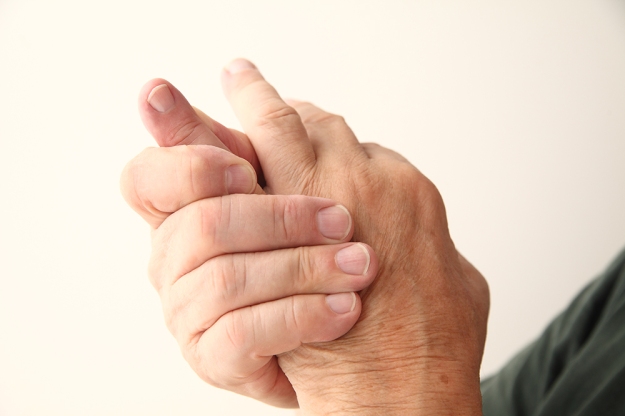During the month of December, we’ll be featuring some of the latest developments on how to live with arthritis. Kicking off the month, we’ll introduce arthritis and explain some of the causes.
Throughout the month, we’ll share how to recognize the symptoms and what you can do to keep your joints healthy. So let’s get started with the basics – what is arthritis and what causes it.
What is arthritis?
Officially, arthritis is a condition that affects the musculoskeletal system, especially the joints. It is actually the main cause of disability among adults 55 and over around the world, with 1 in 5 American adults having doctor-diagnosed arthritis. That’s about 50 million people in the U.S.
To those who have it, it’s a much more personal experience than just being a statistic. If you feel pain and stiffness when you move, you actually might have arthritis. Basically, arthritis causes pain and swelling, making it difficult to move around. And as you age, the conditions get worse.
But arthritis is not just a single disease. In fact, there are more than 100 different conditions that are considered to be arthritis. And it isn’t just a condition that affects the elderly. People of all ages can develop arthritis. If it’s so common, what actually causes it?
What causes arthritis?
Our joints are like hinges where two bones move on one another with ligaments holding them together like elastic bands. Between the bones is a cushion – cartilage – that protects the ends of the bones from rubbing together, encased in a capsule of synovial fluid that keeps everything lubricated.
Arthritis is when something has damaged the joint – or what surrounds it – causing friction between the bones. This could be that the cartilage was damaged or is wearing away because of over use.
Joint damage can also be caused by autoimmunity – when the body attacks itself – or by infection. Most often, it’s caused by several factors.
It’s not just damage or disease that can cause arthritis. Here are several causes that can affect the joints and contribute to arthritis:
Your job – Repetitive movements at work can damage the joints.
Sports injury – Falling on your knee or excessive force on the knee can cause long-term joint injury.
Genetics – If your family has a history of bad knees, most likely you will too.
Obesity – Excessive weight on the joints – especially the knees and hips – causes excessive wear.
Diet – Some foods, like those high in sodium and sugar, can react with your body chemistry and can cause pain in the joints.
Next week, we’ll discover some of the various types of arthritis and the symptoms that might be a sign that you could be developing it.
Sources
http://www.healthline.com/health/arthritis
http://www.mayoclinic.com/health/arthritis/DS01122
Related Articles
Monthly Series – All About Arthritis Part 2: Types of Arthritis
Monthly Series – All About Arthritis Part 3: Symptoms of Arthritis
Monthly Series – All About Arthritis Part 4: Keeping Joints Healthy

Join the Discussion
0 Comments